Are cream cleansers suitable for all skin types?
A cream cleanser is not only considered to be a type of gentle skin cleanser, it is also suitable for all skin types – from oily and acne-prone to sensitive. That’s because such formulas work very softly on the skin and are designed not to disrupt the skin’s pH or water balance. Due to their gentle nature, they are particularly popular with anyone who struggles with dryness, redness or irritation, as protecting the skin moisture barrier is particularly important for managing these skin conditions.
What’s the best way to use a hot cloth cleanser?
The hot cloth cleansing method – made popular by Emma Hardie and Liz Earle – focuses on getting the most out of how you remove your cleanser. It involves pairing your preferred cleansing product (often an oily-based texture) with a face cloth or flannel that you run under comfortably hot water and wring out before you use it to clean your face. The combination of heat and the texture of the flannel helps further remove dirt and debris from your pores, while also physically (but gently) exfoliating your skin as you clean it. The result can be a brighter-looking and cleaner complexion, but always remember to regularly wash the cloth(!) and avoid using piping hot water as this can draw moisture out of your skin.
Can a facial cleanser improve skin hydration?
As mentioned above, many modern cleansers like to include other skin-improving ingredients to maximise their benefits. That includes nourishing and hydrating ingredients, such as ceramides, glycerin, and hyaluronic acid to ensure the cleanser doesn’t disrupt your natural moisture barrier – locking in hydration.
Can oil cleansers improve skin health?
Another method of cleansing is known as oil cleansing, which uses the principle of ‘like attracting like’ to help you clean your skin. Specifically, the oils in the cleanser are attracted to the sebum, bacteria and dirt in your pores that are also oil-based, helping you lift them away when the cleanser is cleaned off. This can help improve the skin health of those who are prone to dryness, as the cleansing action does not strip moisture from the skin, and equally may actually improve combination and oily skin by helping rebalance sebum production. You do however need to ensure you thoroughly remove an oil cleanser to avoid breakouts and clogged pores – otherwise they can have the opposite effect. Plus, if you have very reactive skin, you may want to stay clear.
What are wash-off cleansers, and what are they good for?
Wash-off cleansers are, as the name suggests, cleansers which you wash completely off of your face. These are different to cleansers which leave a residue on your face, such as oil cleansers or micellar water. These are good for acne and rosacea, two conditions in which you might not want to leave a thin layer of, for example, oil or surfactants on your skin overnight, as these could aggravate these conditions.
What are exfoliating cleansers, and what are they good for?
Exfoliating cleansers contain alpha, beta or poly hydroxy acids (such as lactic acid, glycolic acid or salicylic acid) or fruit enzymes. They perform a light chemical exfoliation on the skin as you cleanse. This is beneficial, firstly, because the removal of the outermost layer of dead skin cells can help tackle pigmentation and rough texture. Secondly, exfoliation is beneficial for combatting acne (especially when done with salicylic acid, which is oil-soluble and hence can get into the interior of pores, where it can exfoliate the pore lining from within). Thirdly, hydroxy acids are hydrating to the skin (and glycolic acid in particular can boost collagen production, which helps with any sort of wrinkling, fine lines or sagging). Finally, using an exfoliating cleanser improves the efficacy of any products you use after the cleanser, as these products won’t have to fight through the extra layers of dead cells that chemical exfoliation removes. This means they can permeate deeper into the skin, and have a greater effect.
What is a mild cleanser?
A mild cleanser is one that is gentle on the skin and hence suitable for sensitive skin. It’s worth noting that this is not a technical or legal definition, and as such is not a guarantee of anything. Mild cleansers are generally fragrance-free, and often don’t contain any surfactants (detergent elements) such as sodium lauryl sulfate (SLS) or sodium laureth sulfate (SLES).
What is the best facial cleanser for sensitive skin?
A cleanser without parfum (fragrance) and surfactants like SLS or SLES is good for sensitive skin. If you have sensitive skin, no-rinse cleansing creams and lotions might suit you. Cream cleansers and hot cloth cleansers are also good for dry and sensitive skin.
What are the latest trends in facial cleansers?
At-home beauty tech is a big trend at the moment, and the new generation of cleansing brushes could supercharge your facial cleansing experience too. These brushes are said to leave skin up to 6 times cleaner than regular cleansing. They work by rotating or oscillating their bristles (they look sort of like a giant toothbrush) at a very high speed, effectively ‘bouncing’ dirt out of the pores. Using cleansing brushes has also been shown to improve the absorption of treatment skincare serums (like vitamin C serums, AHAs or retinoids) applied after cleansing with a brush by up to 4 times.
BUT! (There is always a ‘but’, isnt’ there?) I would limit using a cleansing brush to once or twice a week to avoid damaging and irritating the skin barrier and choose one with gentle silicone bristles, which are much kinder to the skin.
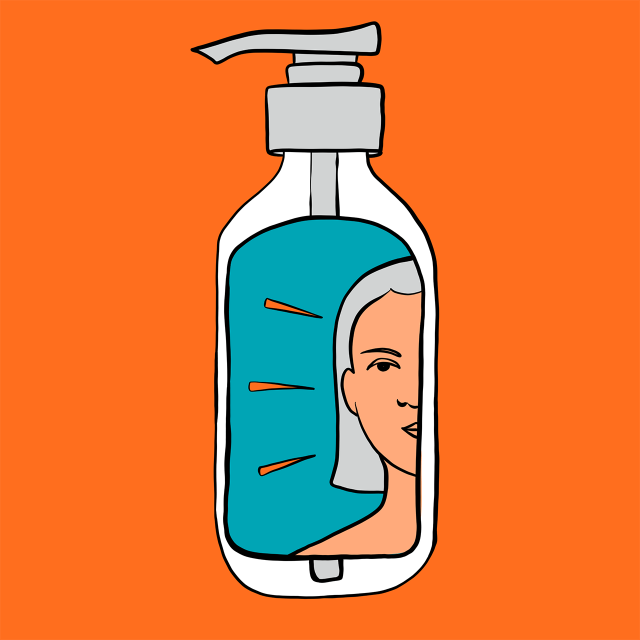

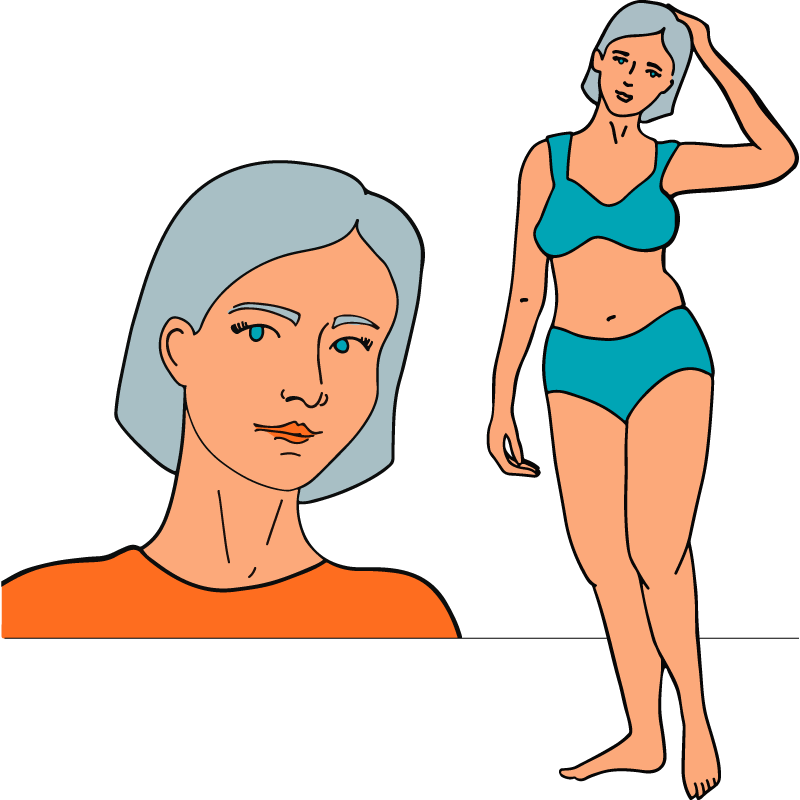

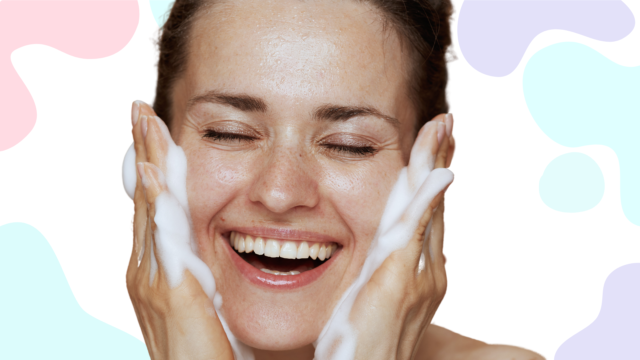

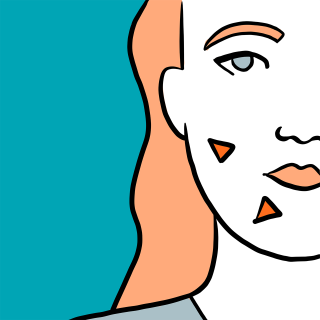
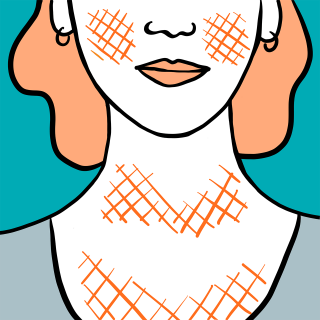
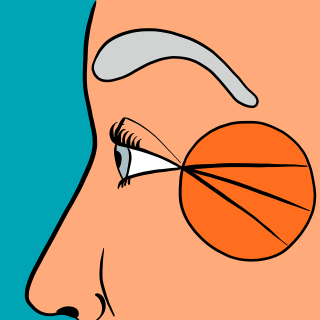
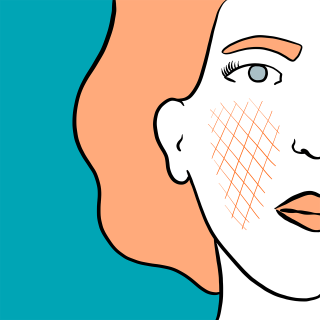

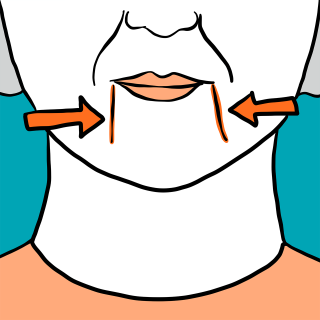
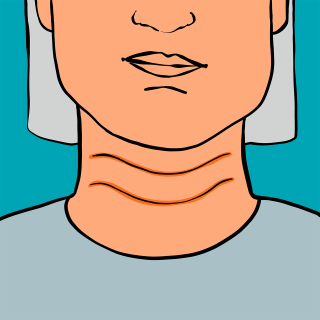
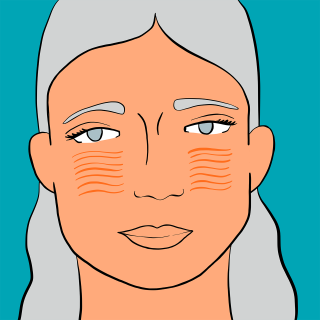
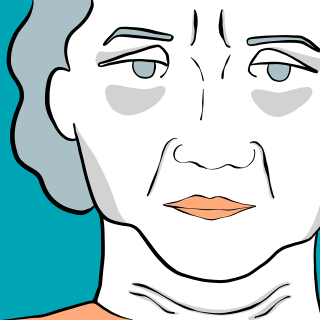



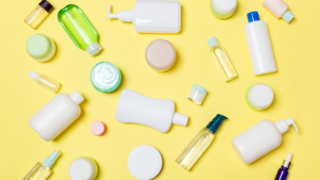
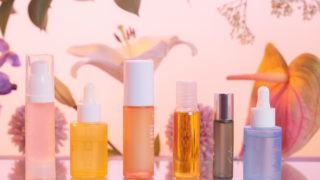
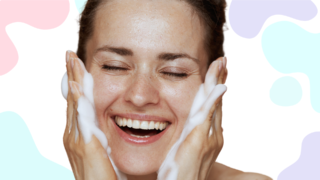
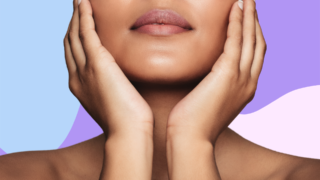
 The Tweakments Chatbot
The Tweakments Chatbot